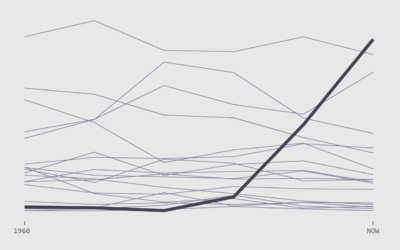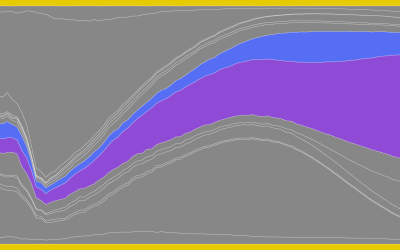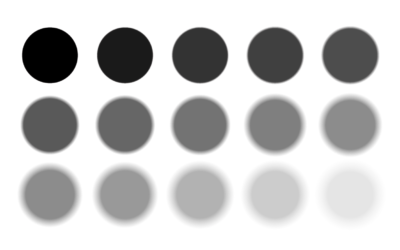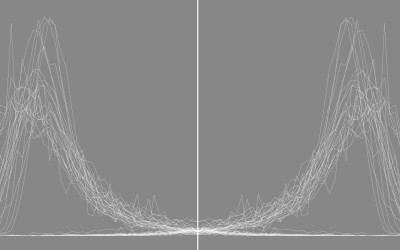How Much Women and Men Work
Over the years, more women have entered the workforce while the percentage of men has gone down slightly. The chart below shows the shifts since 1960.
The breakdowns from 1960 to 1990 come from the decennial census. The data from 2000 to 2019 comes from the American Community Survey. With the exception of 2019 data, the values in between decades are interpolations.
You can see people working more weeks out of the year, especially for women. In 1960, about 42% of women and 87% of men 21 and older worked at least one week out of the year. In 2019, about 62% of women and 73% of men 21 and older worked at least one week.
Notes
I downloaded the data via IPUMS. I analyzed the data in R and made the above mosaic plot with D3.js. Since 1960, the percentage of women who worked for pay appears to increase steadily, but then decreases from 2000 to 2010. I suspect this has more to do with a questionnaire change in the ACS than it does an actual decrease.
Become a member. Support an independent site. Get extra visualization goodness.
See What You Get





